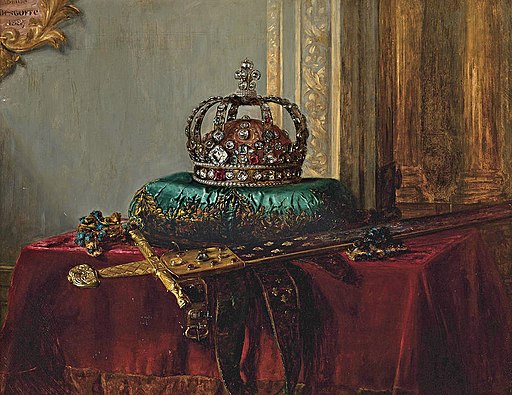Just recently I received an early inheritance (the best kind, because no one dies). It is a book that once belonged to my grandmother. Written by Peg Bracken, and published in 1963, it is entitled The I Hate To Housekeep Book – subtitled When and how to keep house without losing your mind.
It’s for women who don’t want to live in a pit of filth, nor be 24/7 spotless housekeepers, nor go about nursing grudges against all the housework they find themselves doing.
“Consider, for a moment, your spotless housekeeper. She housekeeps most of the time, apportioning various chores to different days: Tuesday morning is ironing morning. She calls this Not letting the House Get On Top Of Her.
“But the occasional housekeeper doesn’t know she’ll be ironing that day, nor does she care to. It would depress her to know that this was the shape and colour of next Tuesday morning. She would rather just let it happen, should an ill-natured Providence so decree.”


